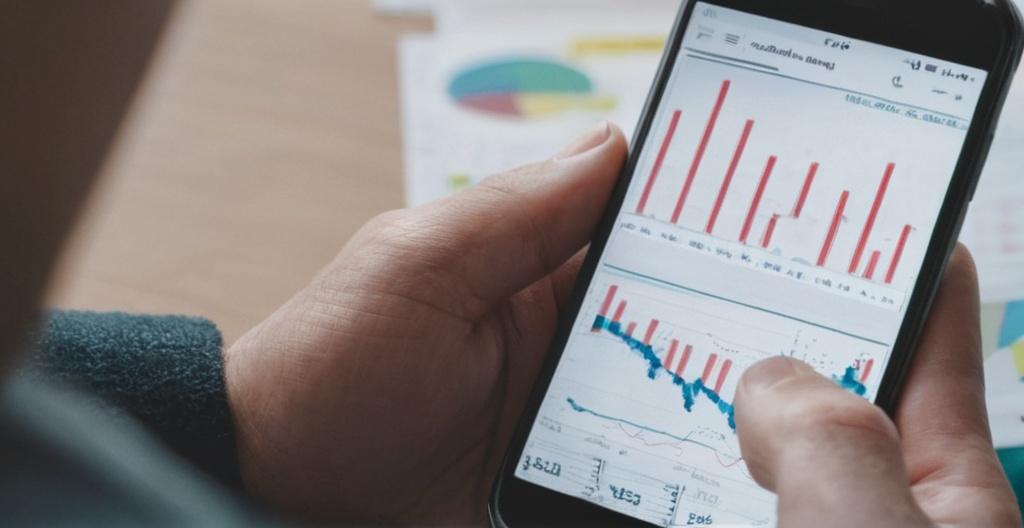Key Take Aways About Position Limit Monitoring
- Position limit monitoring helps prevent excessive speculation and maintain market stability.
- Limits are set by regulatory bodies, such as the CFTC in the U.S.
- Traders must balance risk and reward, with limits acting as a safety net against over-leverage.
- Monitoring involves automated alerts and manual checks to ensure compliance.
- Technological tools provide real-time data and predictive insights for traders.
- Challenges include varying limits across markets and adapting to regulatory changes.
- Breaching position limits can result in severe penalties or trading suspension.

Understanding Position Limit Monitoring
In the trading world, position limit monitoring is a headache for many. This isn’t just a meeting room topic; it’s a real-world issue for traders who are knee-deep in contracts. Imagine holding a pile of trading positions and then someone taps you on the shoulder saying, “You’ve hit your limit.” That’s where position limit monitoring takes the stage.
The Basics of Position Limits
Position limit monitoring involves keeping tabs on the number of contracts or shares you can hold in a market at any time. These limits are set by regulatory bodies to prevent excessive speculation and to ensure market stability. If traders were let loose without any restrictions, chaos would likely ensue, leading to volatility and potential market manipulation. In the U.S., the Commodity Futures Trading Commission (CFTC) is the main entity setting these limits.
Why It Matters for Traders
Position limits aren’t just rules to be followed begrudgingly; they play a role in maintaining fair play. They ensure that no single trader can corner the market, avoiding any artificial price swings. From a trader’s viewpoint, it’s a safeguard against over-leverage which could lead to catastrophic losses.
The Balance Between Risk and Reward
Traders are often caught in a tug of war with risk and reward. While pushing the limits can be tempting for potentially higher returns, it can also backfire spectacularly. It’s like walking a tightrope, one misstep, and you’re plummeting down. Position limits provide a safety net by capping exposure to unforeseen market movements.
Position Limits in Action
Envision a futures trader dealing in agricultural commodities. During a bullish market, the trader decides to up the ante on wheat futures. However, position limits step in, prohibiting the trader from buying more than a certain number of contracts. This ensures that the market remains liquid and fair for all participants.
How Position Limit Monitoring Works
Keeping track of limits involves both automated systems and human oversight. Trading platforms often have built-in notifications to alert traders when they’re approaching limits. It’s like having a virtual assistant nudging you to check your email for important updates. And if you’re old school, manual checks by compliance teams are still in play, making sure traders stay on the straighter path.
The Role of Technology
Let’s talk tech. Position limit monitoring leverages sophisticated algorithms that constantly crunch numbers. These systems integrate with trading platforms to provide real-time data analytics and alerts. It’s not just about knowing your current position but also predicting where you might overstep if the market shifts.
Challenges and Considerations for Traders
It’s not all sunshine and rainbows. Traders face a number of challenges with position limit monitoring. For instance, differing limits across various markets can be confusing. A limit that applies to one market might not apply to another, and keeping track can feel like spinning plates.
Adapting to Regulatory Changes
Regulations aren’t static; they change. And when they do, traders must adapt swiftly to new rules. Imagine setting a speed record on a freeway only to find out the speed limits have changed overnight. Traders need to stay updated with regulatory announcements to adjust their trading strategies accordingly.
Position Limit Monitoring in Action
Take a look at a real-world story. John, a commodity trader, once found himself nearing a position limit. His trading platform alerted him, and he had to reevaluate his positions to avoid costly penalties. It was a wake-up call, highlighting the importance of having an eye on position limits.
Impact of Breaching Position Limits
If a trader breaches a position limit, it’s not just a slap on the wrist. The consequences can be stiff penalties, fines, or worse, suspension from trading. It’s a costly reminder that cutting corners doesn’t pay off.
Conclusion
Position limit monitoring may not be the most glamorous aspect of trading, but it’s essential for maintaining market integrity. Ignoring it would be like ignoring the seatbelt in your car; it’s there for your protection. For traders, staying within limits ensures they can participate fairly and safely, without risking it all on a single trade. As the market evolves, so too will the mechanisms of monitoring, ensuring that traders can continue to operate in a stable environment.